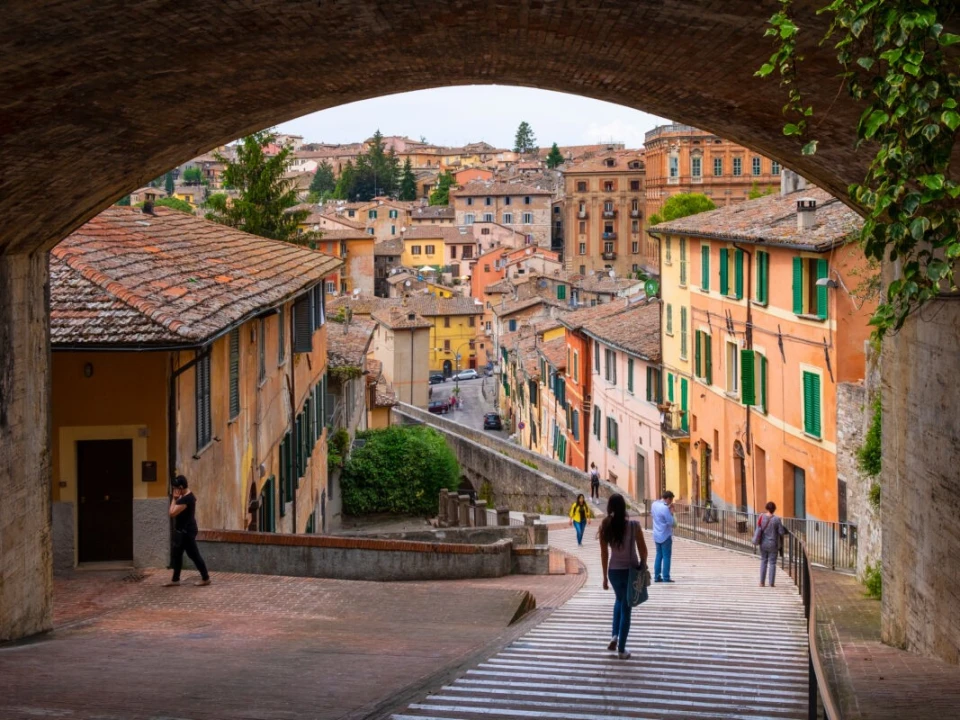Tourism in Italy had a significant increase in 2024, with projections estimating at 45.85 million visitors, a 25% rise compared to 2023. This growth has been fueled by various factors, including the recovery of the global travel industry post-pandemic, Italy’s enduring appeal as a top destination, and strategic efforts to enhance the country’s tourism infrastructure.
The Italian tourism industry has been steadily recovering since the downturn caused by the COVID-19 pandemic, which severely impacted global travel. In 2024, Italy is expected to surpass the pre-pandemic levels of international arrivals, driven by both European and non-European visitors.
The increase of 25% in tourism numbers compared to the previous year reflects the overall positive trend in international travel and a strong demand for Italy’s diverse offerings — from its historical landmarks and rich cultural heritage to its world-renowned cuisine, fashion, and scenic landscapes.
Italy has long been a magnet for tourists, drawing millions each year with its wealth of cultural and natural attractions. The country's famous cities, such as Rome, Florence, Venice, and Milan, continue to top the list of must-visit destinations. Additionally, Italy’s less-explored regions are also seeing a surge in interest as travelers seek out authentic and off-the-beaten-path experiences. From the vineyards of Tuscany to the coastal charm of Sicily and the Dolomites in the north, Italy offers something for every type of traveler.
One of the key drivers of this growth is the ongoing recovery of international tourism, especially from long-haul markets such as the United States, China, and Japan. Italians and other Europeans remain loyal to their own country for vacations, but non-European visitors are increasingly returning, drawn by Italy’s rich history, art, and food. This influx of international visitors is further supported by an improvement in air connectivity, with major international airlines increasing direct flights to Italian airports, particularly in regional and secondary cities.
Moreover, Italy’s commitment to sustainability and tourism innovation is also contributing to the increase in visitor numbers. In recent years, the country has made significant strides in promoting sustainable tourism practices. Local governments and tourism boards have been encouraging the development of eco-friendly accommodations, responsible travel initiatives, and an emphasis on preserving Italy’s natural and cultural heritage. This focus on sustainability resonates particularly with younger generations, who are more conscious of the environmental impact of their travel choices.
Another factor that is expected to contribute to the growth of Italy’s tourism industry in 2024 is the variety of events and festivals scheduled throughout the year. Italy’s calendar is filled with world-class events, such as art exhibitions, film festivals, fashion shows, and sporting events, all of which attract visitors from around the globe. The Venice Biennale, the Milan Fashion Week, and the Turin Film Festival are just a few of the marquee events that will further cement Italy’s reputation as a cultural and creative hub.
Italy is also benefitting from the increasing trend of “slow tourism,” which emphasizes a more relaxed, immersive travel experience. Many tourists are opting for longer stays, taking the time to explore beyond the well-trodden tourist trails and discovering hidden gems. This trend is particularly notable in rural areas and smaller towns, where visitors can experience Italy’s authentic culture, local traditions, and the slower pace of life that many find appealing. The growth of agritourism and wine tourism is a prime example of how Italy is diversifying its tourism offerings to cater to a variety of tastes and preferences.
Additionally, the country's focus on improving its tourism infrastructure, including the restoration of historic sites, better transportation networks, and the expansion of high-speed rail, is making it easier for tourists to explore the entire country. Major Italian cities are enhancing their appeal with cleaner, more pedestrian-friendly streets, as well as a growing number of cultural institutions and attractions that are appealing to modern travelers.
Despite the positive outlook for tourism in 2024, there are still challenges to be addressed. Over-tourism in popular areas, such as Venice and the Amalfi Coast, remains a concern. However, Italy is increasingly focusing on spreading the benefits of tourism more evenly across the country, promoting lesser-known destinations and encouraging sustainable travel practices. By doing so, Italy aims to ensure that tourism growth is both beneficial and sustainable, with minimal environmental impact.
In conclusion, Italy is set for a booming tourism year in 2024, with a projected 45.85 million visitors expected to arrive in the country, a 25% increase over the previous year. This growth is driven by factors such as the recovery of international travel, Italy’s cultural and natural attractions, and a focus on sustainability and innovation in tourism. With ongoing improvements to infrastructure and a growing interest in diverse, immersive travel experiences, Italy remains one of the world’s most sought-after destinations.



